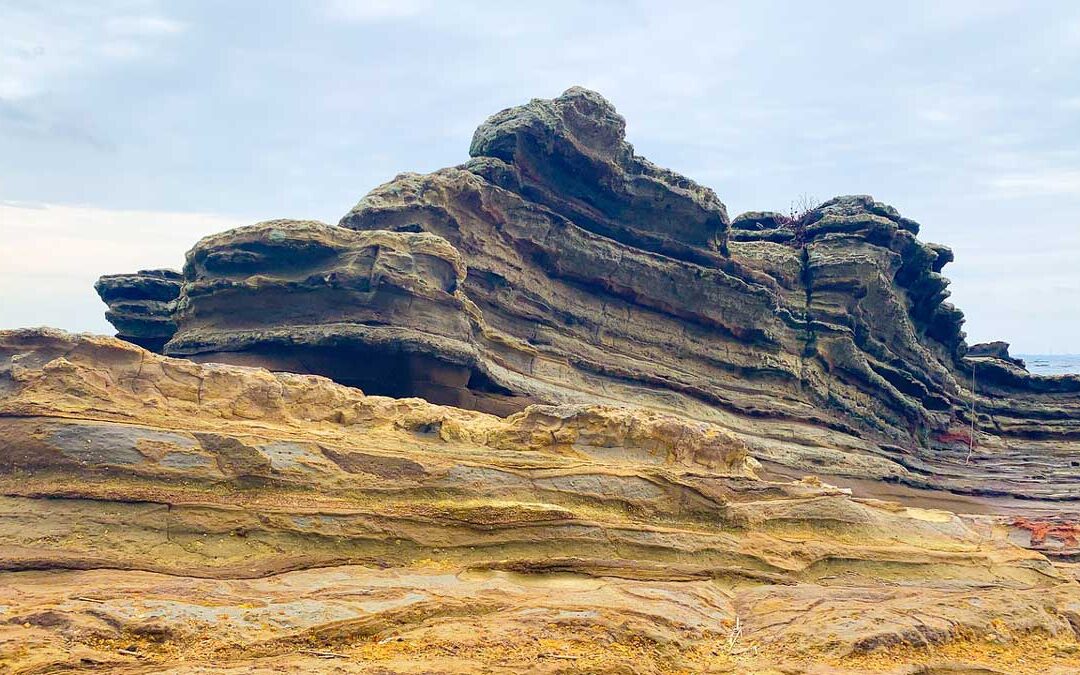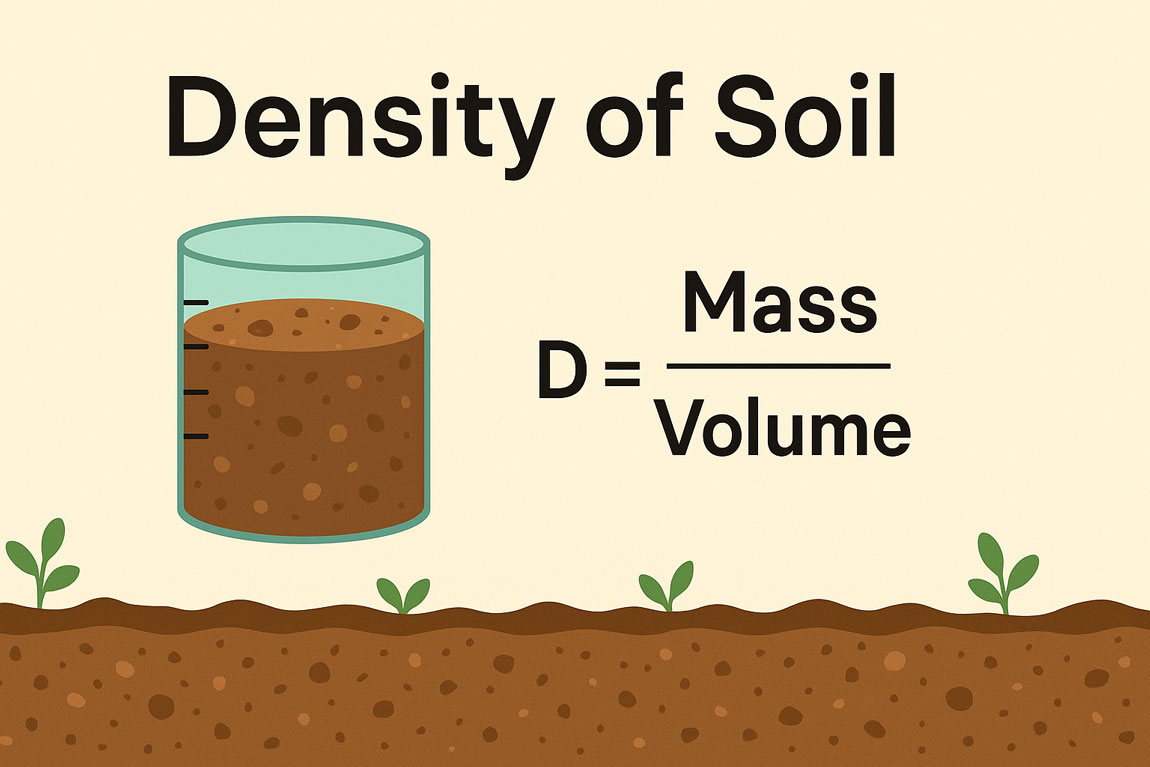Stratigraphy is the branch of geology that sheds light on strata formation, composition, distribution, and succession. Stratigraphy is concerned with the description, organization, and classification of stratified rock. In addition, it is the study of temporal relationships in sedimentary rock bodies.
Grabau (1913) defined stratigraphy as:
“The inorganic side of historical geology, or the development through the successive geologic ages of the earth’s rocky framework or the lithosphere.”
Stratigraphic studies deal primarily with
- Sedimentary rocks,
- Sometimes with layered igneous rocks (e.g., those resulting from successive lava flows).
- Metamorphic rocks are formed either from extrusive igneous material or sedimentary rocks.
Concept and recent development:
Before the 1960s, stratigraphy was concerned particularly with stratigraphic nomenclature, the concepts of lithostratigraphic, biostratigraphic, and chronostratigraphic successions between areas.
There are:
- Lithostratigraphy
- Biostratigraphy
- Chronostratigraphy
1. Lithostratigraphy (litho=rock) :
The lithological or physical properties of strata and their organization into units are based on their lithological character. Lithostratigraphy is very useful for letting us know about the description of rock, mainly sedimentary, and their definition and formation procedure.
2. Biostratigraphy (Bio=life):
The study of rock units according to the fossils they contain. This biostratigraphy is the most important of all, as it helps to know the relative age of the fossils by dating those. And also, biostratigraphy study is essential to know about the evolution, climate change, plate tectonics.
3. Chronostratigraphy (Chrono = time):
The relation between the age of strata and the time. It helps to acquire an idea to core late the rocks around the world at the same time to understand the past events that happen on the earth.
Principles of stratigraphy
- Superposition
- Original Horizontality
- Lateral continuity
- Cross-cutting relationships
- Inclusions
1. Principle of Superposition:
Nicolas steno, a physician from Italy, first formulated one of the fundamental guides of historical geology known as the law of Superposition.
The law “ Principle of stratigraphy “ states that “ If a series of beds or layers of sedimentary rocks have not been distributed, the oldest is at the bottom and the youngest are at the top.” This Principle of Superposition is the basis for determining the relative age of strata and their contained fossils.
2. Principle of Original Horizontality:
Nicolas Steno conceived the law of Original Horizontality. He observed that most sedimentary rocks are formed by particles that settle to the bottom of rivers, lakes, and Oceans under the influence of gravity and form essentially horizontal layers parallel to the earth’s surface. The two most common types of deformation are folding and faulting.
3. Principle of Lateral Continuity:
Steno proposed the law of Lateral continuity, which states that most thick layers of sediments are subsequently covered by overlying layers and lithified into sedimentary rocks. Uplift, erosion, faulting, and folding have in many cases distributed the original lateral continuity of these layers. Example: Grand Canyon.
4. Principle of cross-cutting relationships:
James Hutton proposed the law of cross-cutting relationships. The law states that “ any rock unit or fault that cuts across other rock units is younger than the rock units through which it cuts.”
5. Principle of inclusions:
Fragments or clasts of one rock body contained within another must be older than the body that contains them.






